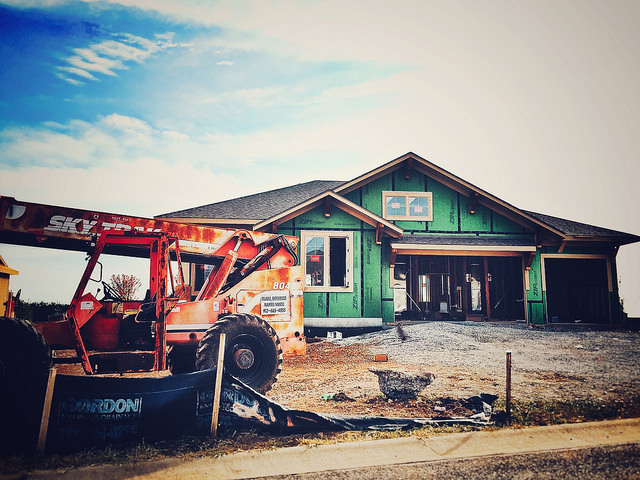Buying a home has become less affordable over the past year. Home prices have surged as buyer demand outpaced the inventory of homes for sale. But while homeownership has gotten less affordable, it’s still within the average Americans’ financial means, according to a new report from ATTOM Data Solutions. Their fourth-quarter 2021 U.S. Home Affordability Report found that the cost of owning a median-priced home now consumes about 25 percent of the average national wage of $65,546. That’s within the 28-percent standard lenders use to determine whether or not borrowers can afford a monthly mortgage payment, insurance, and taxes. In other words, homeownership may have gotten less affordable but it hasn’t become unaffordable. “The average wage earner can still afford the typical home across the United States, but the financial comfort zone continues shrinking as home prices keep soaring and mortgage rates tick upward,” Todd Teta, ATTOM’s chief product officer, said. Teta says rising wages and still-low mortgage rates are helping to balance home-price increases, which has kept the cost of homeownership manageable. (source)













